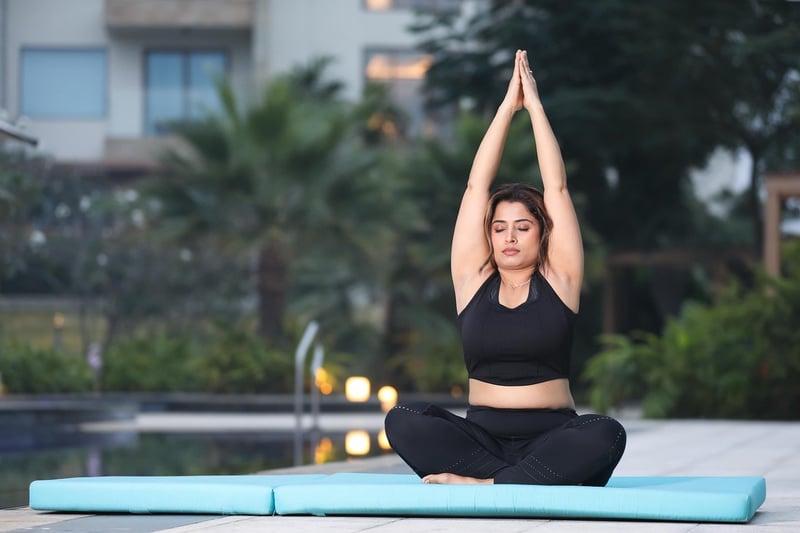Restorative poses
Move with Intention + Restorative Poses
Welcome to our guide on how to move with intention and incorporate restorative poses into your practice. Whether you are a seasoned yogi or just starting your journey, these practices can help you find balance, relaxation, and focus in your daily life.
The Power of Intention
Intention is the foundation of any yoga practice. It is about setting a clear purpose or direction for your practice, both on and off the mat. By setting an intention, you can bring mindfulness and awareness to your movements, leading to a more meaningful and fulfilling practice.
How to Move with Intention:
- Breath Awareness: Focus on your breath as you move through each pose. Connect your breath to your movements, allowing it to guide you.
- Mindfulness: Be present in the moment. Pay attention to how your body feels and adjust your practice accordingly.
- Set an Intention: Before starting your practice, take a moment to set a clear intention. It could be anything from finding inner peace to building strength.
- Stay Focused: Avoid distractions and stay focused on your practice. Let go of any external thoughts or worries.
Restorative Poses for Relaxation
Restorative poses are gentle, supported poses that help the body relax and rejuvenate. These poses are great for reducing stress, calming the mind, and promoting overall well-being.
Popular Restorative Poses:
- Child's Pose (Balasana): A calming pose that stretches the back, hips, and thighs. It helps release tension and promote relaxation.
- Supported Bridge Pose: Rest your lower back on a block or bolster to gently open the chest and heart center. This pose is great for reducing fatigue and anxiety.
- Legs Up the Wall (Viparita Karani): Lie on your back with your legs up against a wall. This pose promotes circulation, relieves tired legs, and soothes the nervous system.
Tips for a Restorative Practice:
- Use Props: Bolsters, blocks, and blankets can help support your body in restorative poses, allowing for deeper relaxation.
- Stay in Poses Longer: Unlike active poses, restorative poses are meant to be held for an extended period, usually 5-10 minutes, to fully relax the body.
- Focus on Breath: Use slow, deep breathing to enhance the relaxation response of restorative poses.
By combining intentional movement with restorative poses, you can create a well-rounded yoga practice that nurtures both body and mind. Remember to listen to your body, honor your limitations, and enjoy the journey towards inner peace and balance.

